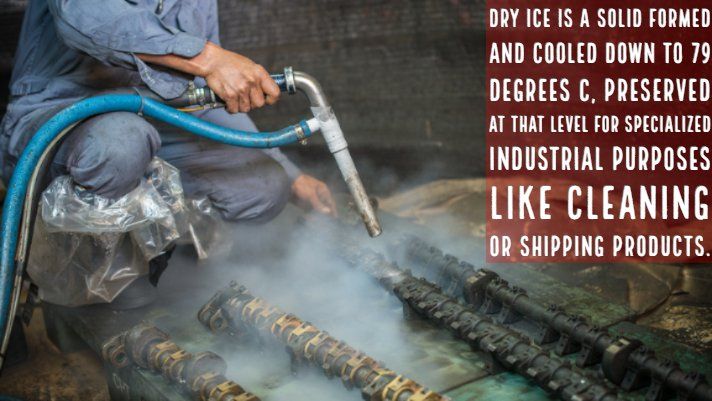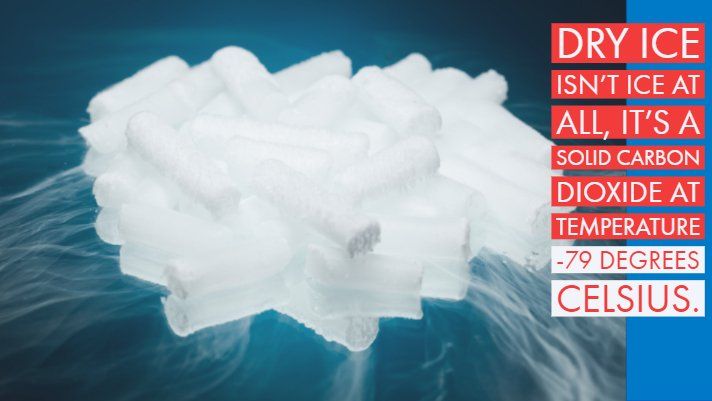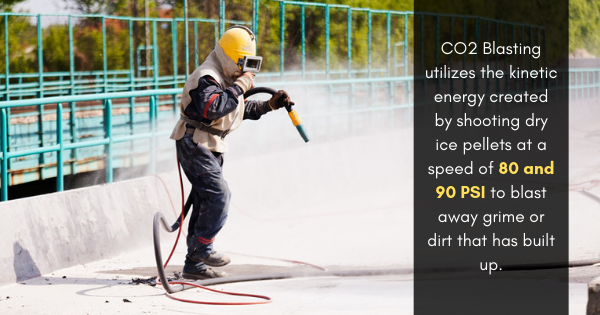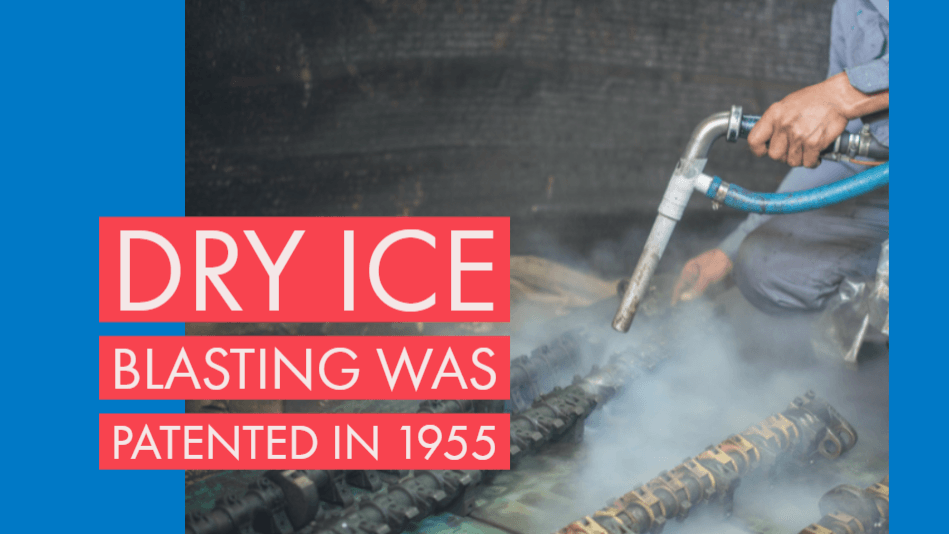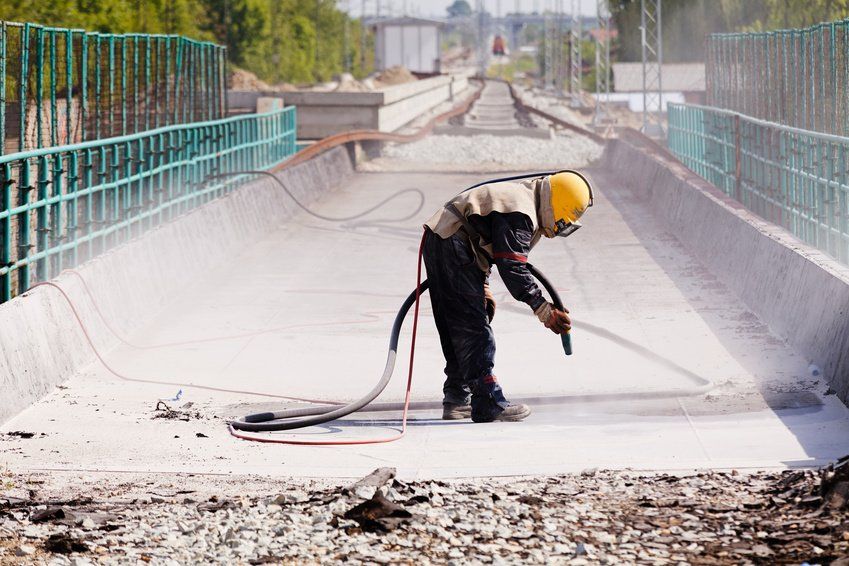Preserving The Past: How Dry Ice Was Used To Save Artifacts From WWII
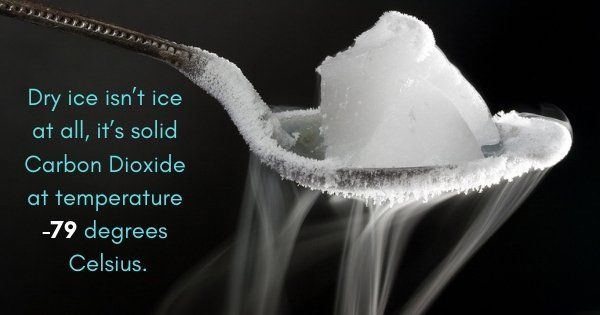
The impressive cleaning powers of dry ice are known in a variety of industries. The solid CO2 (set at a temperature of -79 degrees Fahrenheit) is used to blast away biological, chemical, and physical contaminants in food production, medical manufacturing, and even lab environments. Dry ice blasting (also known as CO2 cleaning or CO2 blasting) is favored in these fields because it leaves no residue behind -- it sublimates, or turns directly from a solid into a gas, as its being used. Given these qualities, it's no surprise that dry ice cleaning systemsare being used in the preservation of historical documents and artifacts.
Every year, survivors and dignitaries assemble at Auschwitz-Birkenau to commemorate the anniversary of the liberation of the Nazi death camp that saw over one million people murdered. Historians are becoming more concerned over the preservation of physical evidence due to the fact that the number of survivors from World War II shrinks every year.
"The material evidence of the crimes must last as long as possible," said Margrit Borman, one of the conservators who work at preserving the camp's extermination infrastructure, as well as the artifacts left behind by the victims. "When no survivor of Auschwitz will live anymore, then the task of telling the story will devolve upon the items and relics of the former concentration camp and extermination site."
This is where dry ice comes into play. Borman uses dry ice cleaning systems to remove old coatings -- originally applied in the 1970s to prevent corrosion -- from personal belongings so that new coatings can be applied. Thanks to her efforts, over 3,800 suitcases, 5,000 toothbrushes, 110,000 shoes, and various prosthetic limbs have been restored and protected for future generations.
"Each battered suitcase, each decaying toothbrush, each pair of eyeglasses keeps the memory of their owners alive," said Kostek Gebert, a prominent Polish author and columnist for Gazetta Wyborcza, Poland's leading newspaper. An estimated 2 million people visit Auschwitz-Birkenau each year, proving their efforts well-worth it.
Dry ice blasting continues to play a prominent role in industries far and wide, including those you may not expect. From food services to historical preservation, the applications are positively endless.
